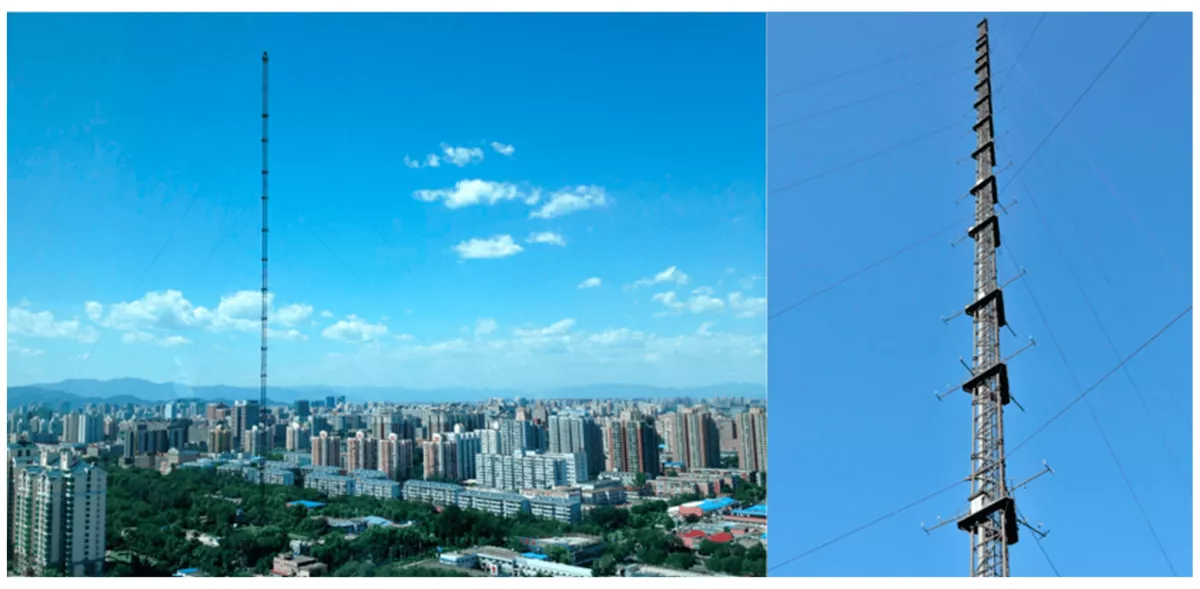Underestimated climate effects of urban air particles
Urban environments are dynamic ecosystems where pollution, weather, and human activity constantly interact. Among the many factors shaping urban climates, airborne particles significantly influence cloud formation, radiation balance, and atmospheric processes. While past research has primarily focused on primary particles emitted from vehicles and industries, recent studies highlight the underestimated role of secondary particles formed through atmospheric reactions.
Airborne particles determine how sunlight is absorbed or reflected, influence cloud development, and impact precipitation patterns. According to an article by the Earth publication, scientists have traditionally concentrated on primary pollutants; however, new evidence suggests that secondary particles, created through chemical interactions in the atmosphere, play a crucial yet overlooked role in climate regulation.
A study published in the One Earth journal provides strong evidence that these newly formed particles affect urban climates more than previously understood. Researchers emphasize that accurate climate assessments require comprehensive vertical observations, as atmospheric processes vary with altitude.
Most studies on urban air pollution have focused on ground-level emissions. However, gases released from vehicles, industries, and natural sources rise into the atmosphere and undergo chemical transformations, forming new particles. These particles grow over time, altering cloud behavior and regional climates.
The study highlights the importance of monitoring particle formation at different altitudes to understand its full impact on climate. Advanced observational techniques reveal that secondary particle formation is more prominent in elevated atmospheric layers than at the surface.
To examine this phenomenon, researchers conducted a study using the 325-meter meteorological tower in Beijing—one of the tallest atmospheric research platforms. The tower allowed scientists to collect data at multiple altitudes, revealing that particle formation is more significant at higher elevations than previously assumed.
At these heights, increased sulfuric acid concentrations and higher relative humidity create favorable conditions for particle growth. The article points out that this suggests that conventional ground-based air pollution measurements fail to capture the full complexity of urban atmospheric processes.

Study lead author Wei Du noted, “The enhanced particle formation aloft suggests that ground-level measurements provide valuable insights, but they do not capture the full picture of particle dynamics, particularly in densely populated urban areas.”
Clouds play a vital role in regulating Earth's climate by reflecting sunlight and influencing precipitation. The formation of clouds depends on cloud condensation nuclei (CCN), which provide surfaces for water vapor to condense into droplets. Many of these CCN originate from newly formed atmospheric particles, the article states.
The study found that the impact of new particles on CCN had been underestimated by approximately 20%, emphasizing the need for more accurate climate models that incorporate vertical air movement. As these particles grow in size, they enhance cloud development, affecting temperature regulation and rainfall patterns.
With urban climates already experiencing shifts due to pollution and climate change, recognizing the influence of secondary particles is essential for improving weather predictions and climate policies.
The study's findings have significant implications for urban climate policy. Cities worldwide face air pollution and climate-related challenges, making it crucial to develop comprehensive strategies that consider the entire atmospheric profile. By understanding how particles behave at different altitudes, policymakers can implement more effective air quality regulations and climate adaptation measures.
Wei Du further emphasized this point, with the article citing, that “as cities continue to grapple with air pollution and climate challenges, understanding the vertical profiles of atmospheric processes can help develop more effective strategies to mitigate their impacts on both climate and public health.”
A Collaborative Research Effort
The study represents a collaboration between the University of Helsinki, the Chinese Academy of Sciences, and other leading institutions. The Beijing 325m Meteorological Tower played a key role in gathering data for this research, offering a unique perspective on urban air pollution dynamics.
Professor Yele Sun from the Chinese Academy of Sciences stated, “We are pleased to collaborate with international partners to address climate change together. The Beijing tower provides valuable data for understanding atmospheric and climate science in megacities.”
Expanding Climate Research and Future Directions
This study highlights the need to expand climate research beyond surface-level observations. By incorporating vertical measurements, scientists can develop more accurate climate models and refine pollution control strategies.
Long-term monitoring will be crucial for improving climate forecasts and identifying sustainable solutions for urban air quality management. This research marks a significant step in that direction, emphasizing the necessity of considering the entire atmospheric picture to address climate change effectively.
By Nazrin Sadigova








